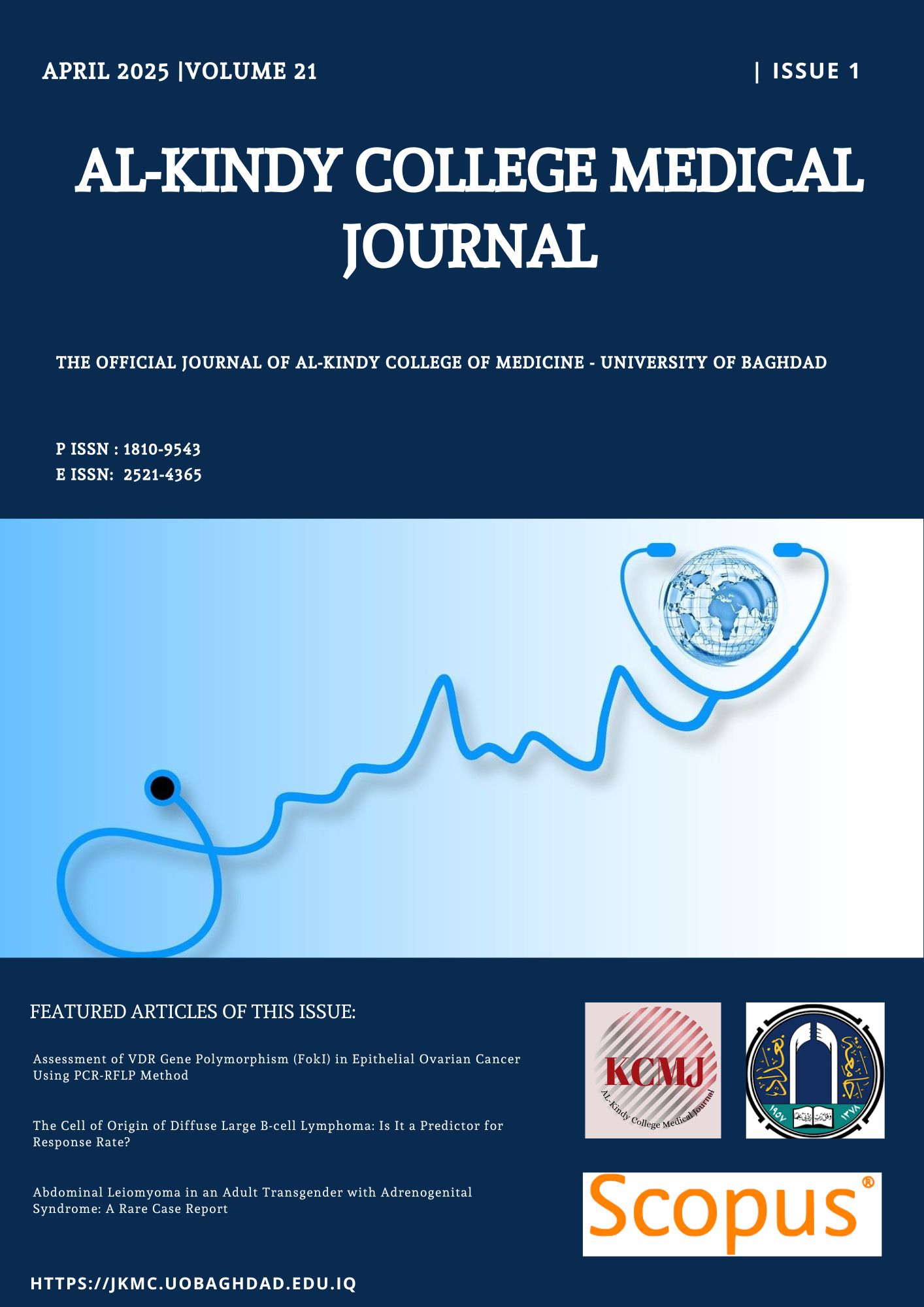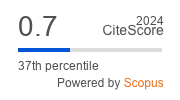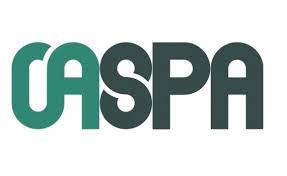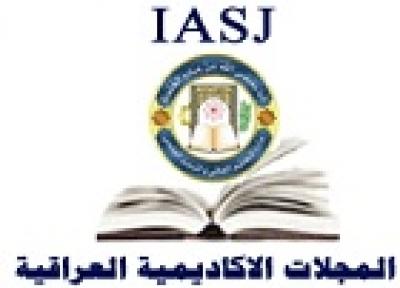Immunohistochemical-Based Detection of Human Cytomegalovirus in Brain Tissues from a Group of Iraqi Patients with Glioblastoma Multiforme and WHO Grade II Astrocytoma
DOI:
https://doi.org/10.47723/sjw3gn30Keywords:
Glioblastoma multiforme, Astrocytoma , Human Cytomegalovirus, Immunohistochemistry, CNS infection, Neurotropic virusAbstract
Background: Human Cytomegalovirus (HCMV) nucleic acids and proteins are frequently detected in brain tumors, especially high-grade gliomas in adults and children. Despite conflicting data, further investigation into HCMV's role in gliomas is warranted.
Objective: This study aimed to determine the frequency of HCMV proteins in tissues from patients at the Specialized Surgeries Hospital in Baghdad diagnosed with glioblastoma multiforme (GBM) and grade 2 astrocytoma.
Subjects and Methods: Ninety-three (93) tissue samples were collected from patients aged 8-75 years: 46 samples from GBM surgeries and 27 from astrocytoma surgeries. An additional 20 samples collected from non-tumor neurosurgical patients such as (Eosinophilic granuloma and reactive gliosis) aged 21-71 years were included as a control group. Immunohistochemistry (IHC) was used to detect immediate early and early HCMV proteins.
Results: Of the 73 glioma tissues, 38 (52.1%) showed positive IHC signals for HCMV. In GBM tissues, 28 out of 46 (59.9%) were positive, while in astrocytoma tissues, 10 out of 27 (38.4%) were positive. Only 1 out of 20 control tissues (5%) showed HCMV positivity. Within the GBM group, low, moderate, and high IHC scores were observed in 57.1%, 28.6%, and 14.3% of cases, respectively. In the astrocytoma group, scores were low in 60%, moderate in 30%, and high in 10%. Significant statistical differences were noted when comparing GBM and astrocytoma to the control group and comparing GBM to astrocytoma
Conclusions: The study revealed a high prevalence of HCMV in glioma samples, supporting its potential role in glioma development, particularly in GBM pathogenesis and possibly carcinogenesis.
Downloads
Published
Issue
Section
License
Copyright (c) 2025 AL-Kindy College Medical Journal

This work is licensed under a Creative Commons Attribution 4.0 International License.














